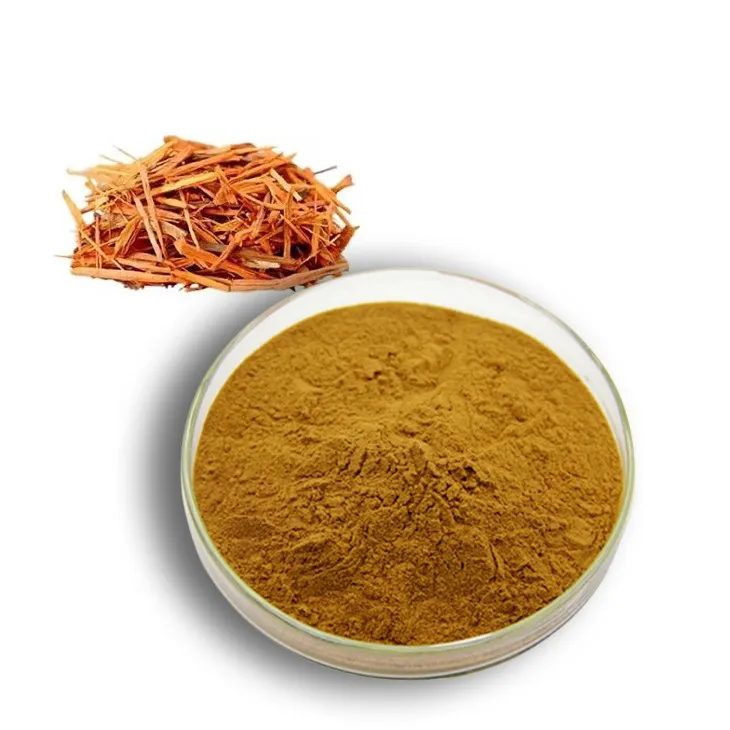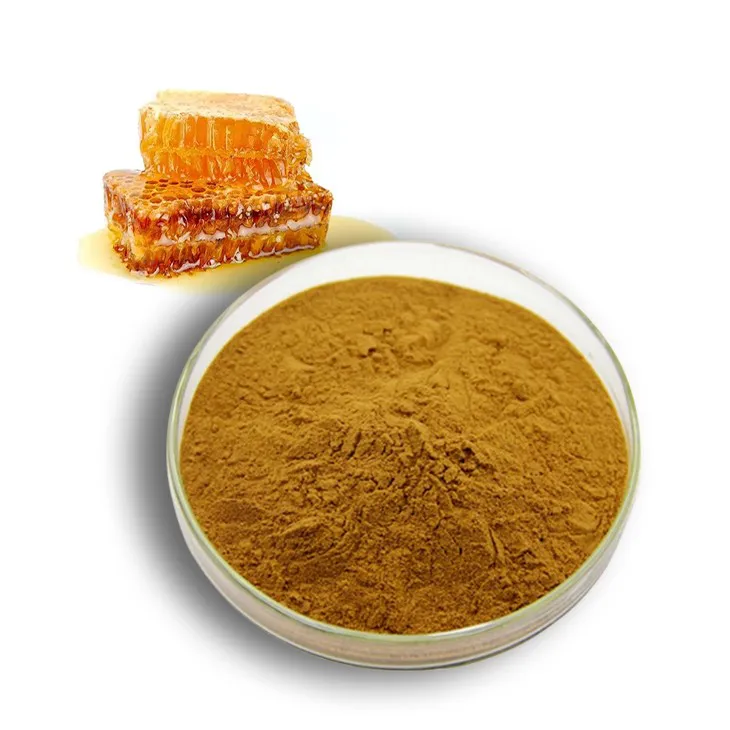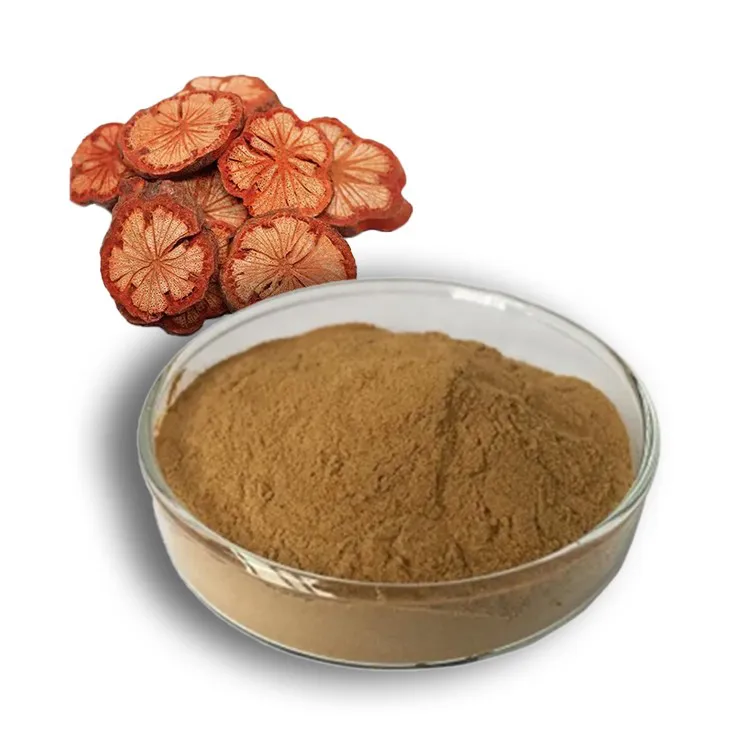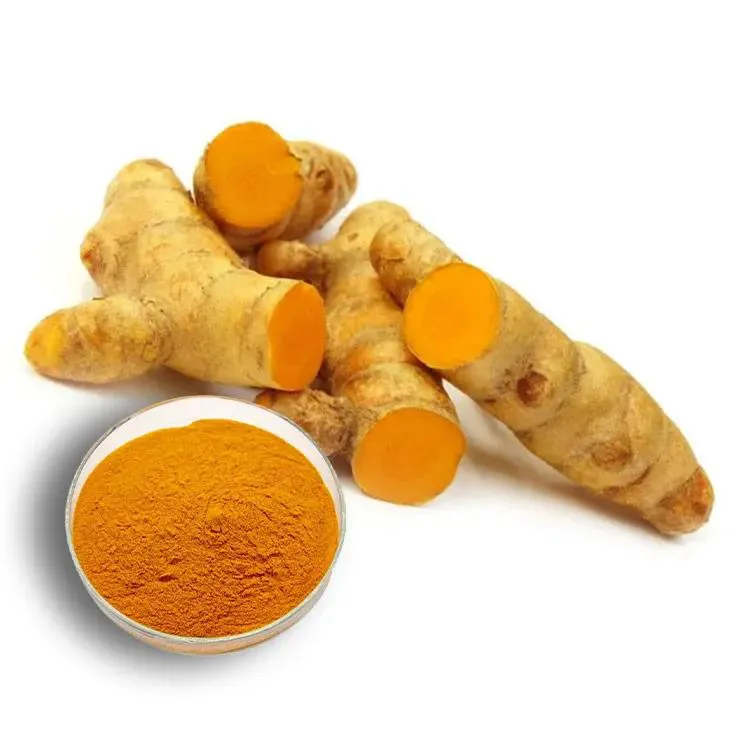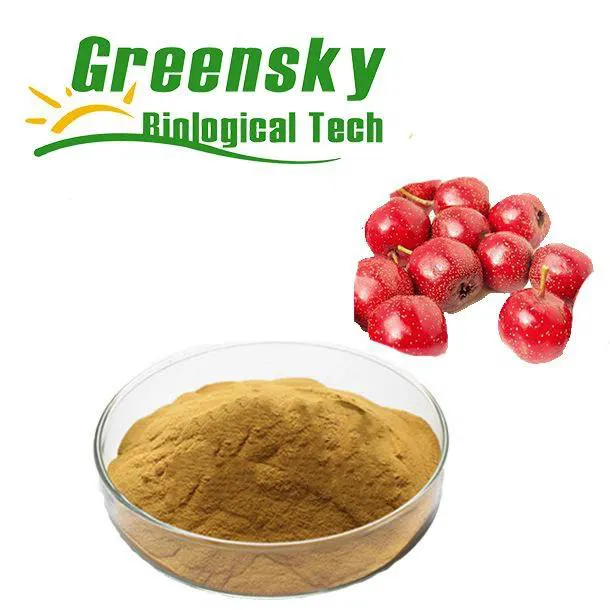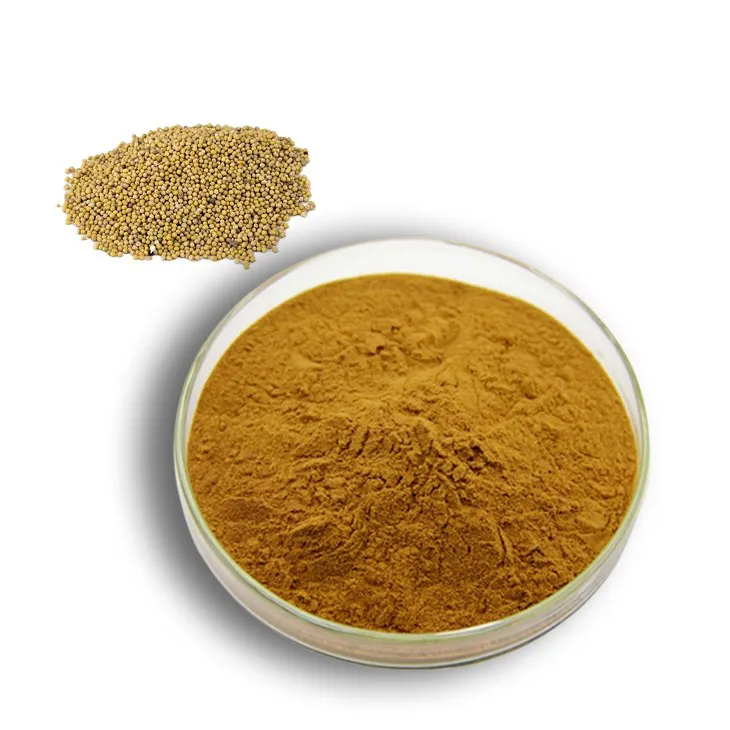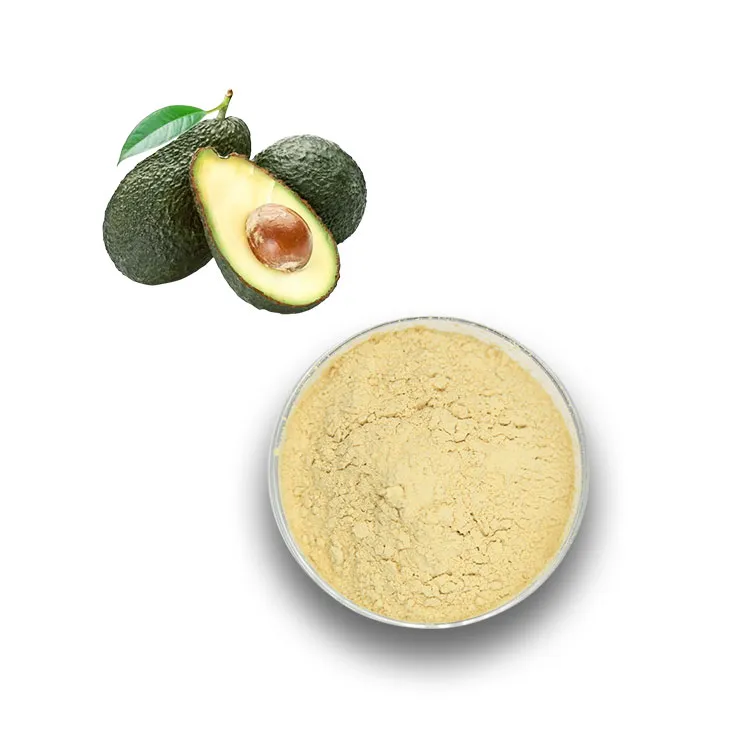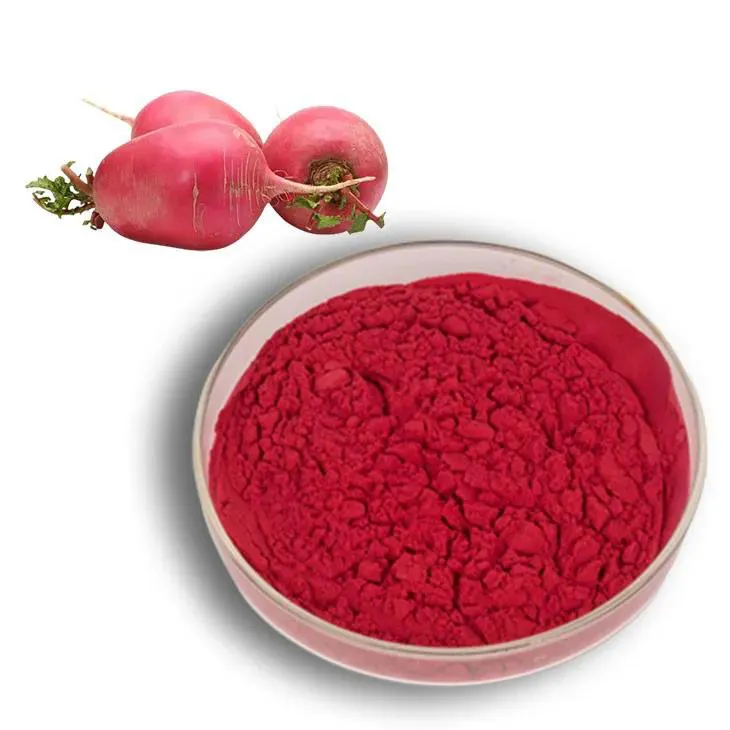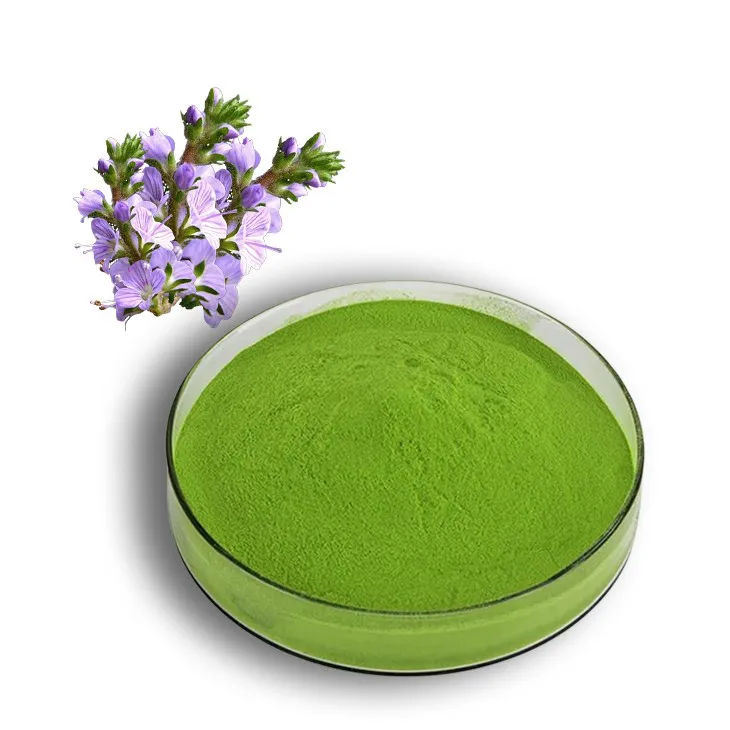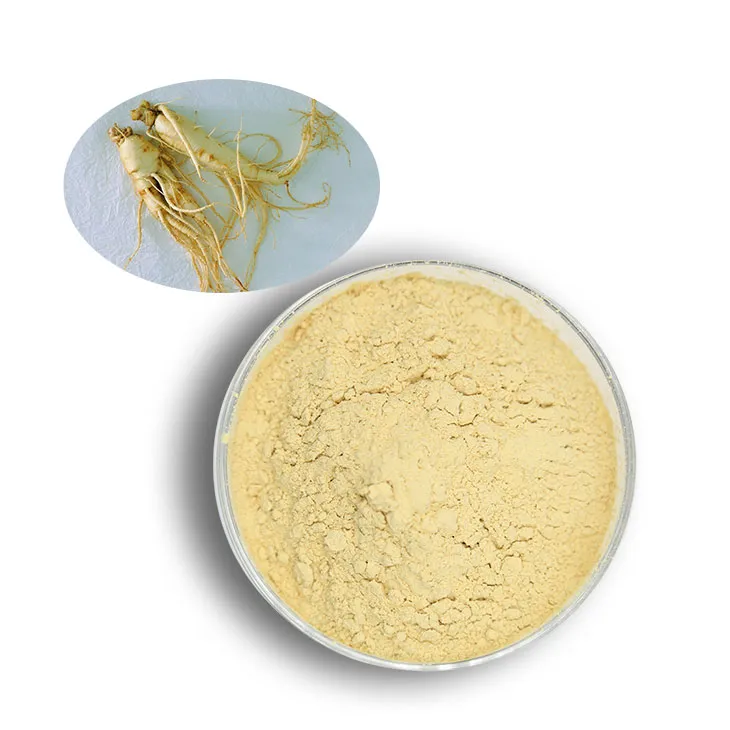- 0086-571-85302990
- sales@greenskybio.com
Selenium Yeast Production: A Complete Guide for Consumers and Manufacturers
2024-12-10
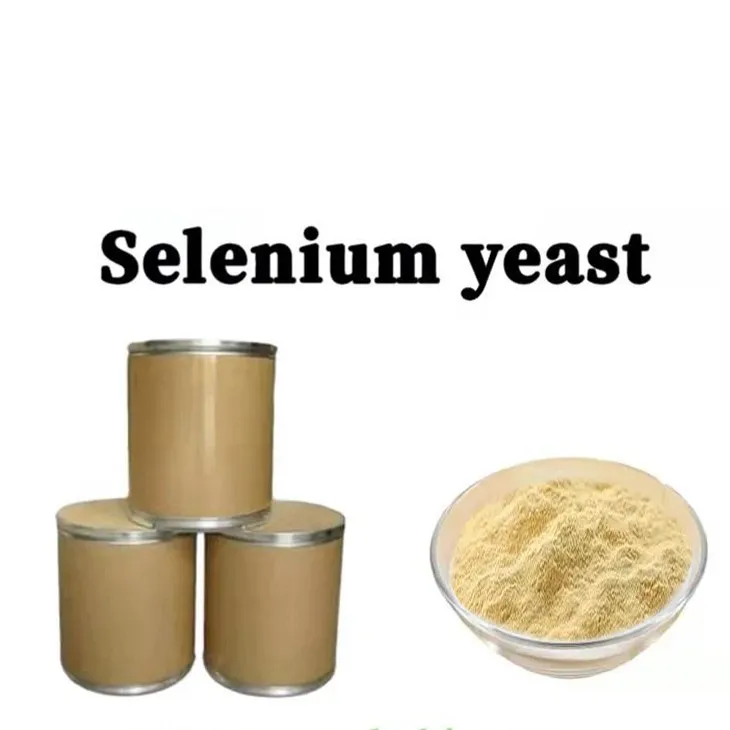
1. Introduction
Selenium yeast has emerged as an important product in the fields of nutrition and food supplementation. For consumers, it offers a convenient way to incorporate selenium into their diet, which is crucial for various aspects of health. For manufacturers, understanding the production process, quality control, and applications of Selenium yeast is essential for delivering a high - quality product to the market. This comprehensive guide will explore all these aspects in detail.
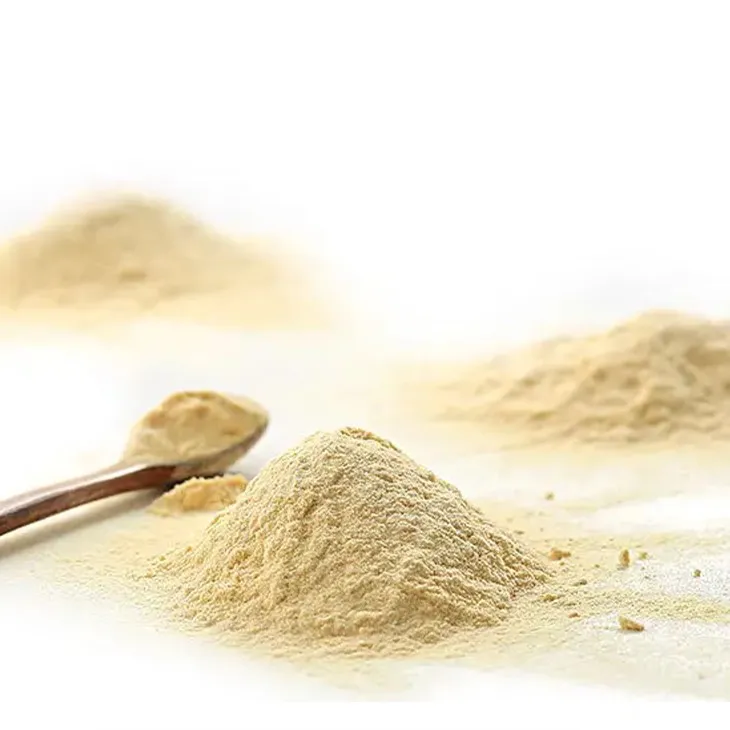
2. What is Selenium yeast?
Selenium yeast is a form of yeast that has been bio - enriched with selenium. It is produced by cultivating yeast in a medium that contains selenium compounds. The yeast cells take up the selenium and incorporate it into their cellular structure. This results in a product that contains selenium in an organic form, which is generally more bioavailable than inorganic selenium sources.
Selenium is an essential trace element for humans and animals. It plays a vital role in various physiological functions, such as antioxidant defense, thyroid hormone metabolism, and immune function. Deficiency of selenium can lead to a range of health problems, including weakened immune system, thyroid disorders, and increased risk of certain cancers.
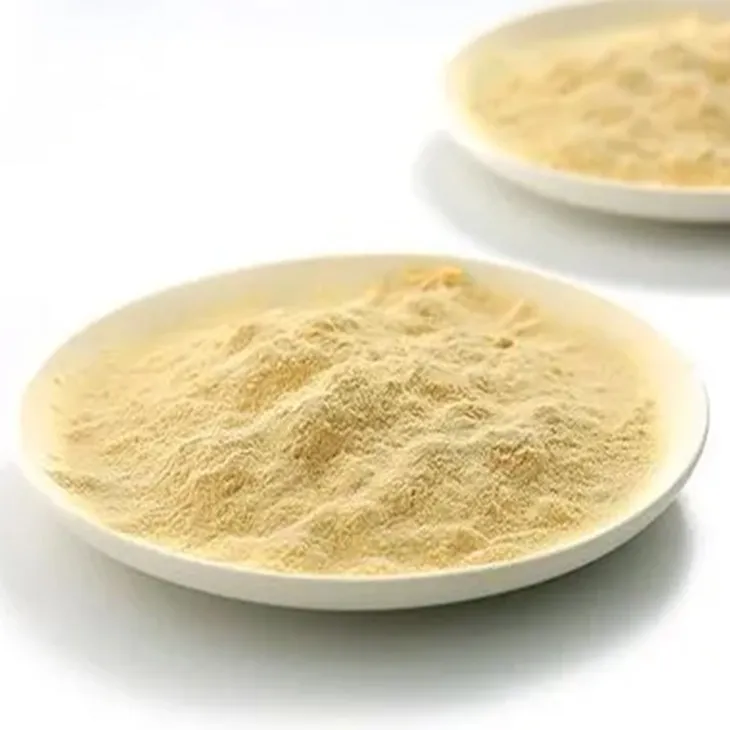
3. Production Process of Selenium Yeast
3.1. Yeast Strain Selection
The first step in selenium yeast production is the selection of an appropriate yeast strain. Different yeast strains may have different abilities to take up and tolerate selenium. Commonly used yeast strains for selenium bio - enrichment include Saccharomyces cerevisiae, which is well - studied and has a good track record in industrial fermentation processes.
3.2. Preparation of the Growth Medium
A suitable growth medium is crucial for the growth and selenium uptake of the yeast. The medium typically contains a carbon source (such as glucose), a nitrogen source (such as ammonium sulfate), and other essential nutrients like vitamins and minerals. In addition, selenium compounds are added to the medium. These can be inorganic selenium salts, such as sodium selenite or sodium selenate. The concentration of selenium in the medium needs to be carefully controlled, as too high a concentration can be toxic to the yeast.
3.3. Fermentation
During fermentation, the yeast cells grow and multiply in the selenium - containing medium. The fermentation process is usually carried out under controlled conditions of temperature, pH, and oxygen supply. For example, the temperature may be maintained at around 25 - 30°C, and the pH may be adjusted to a slightly acidic range (pH 4 - 6). Adequate oxygen supply is necessary for the yeast's aerobic respiration, which is important for its growth and selenium uptake.
3.4. Harvesting and Washing
Once the fermentation is complete, the yeast cells are harvested. This can be done by centrifugation or filtration. After harvesting, the yeast cells are washed to remove any remaining medium components, including unabsorbed selenium compounds. This helps to purify the selenium yeast product.
3.5. Drying and Packaging
The washed yeast cells are then dried to reduce the moisture content. This can be achieved by methods such as spray drying or freeze - drying. Once dried, the selenium yeast is packaged in appropriate containers, such as sealed bags or bottles, to protect it from moisture, light, and other environmental factors that could affect its quality.
4. Quality Control in Selenium Yeast Production
4.1. Selenium Content Determination
One of the most important quality control parameters is the determination of the selenium content in the yeast product. Analytical methods such as atomic absorption spectrometry or inductively coupled plasma - mass spectrometry (ICP - MS) are commonly used to accurately measure the selenium concentration. The selenium content should be within the specified range, which is typically determined based on the intended use of the product (e.g., for dietary supplements, a certain selenium content per serving is required).
4.2. Purity and Contaminant Analysis
Ensuring the purity of the selenium yeast is also crucial. This involves analyzing for the presence of contaminants, such as heavy metals (e.g., lead, mercury, cadmium) and other unwanted substances. High - performance liquid chromatography (HPLC) and gas chromatography - mass spectrometry (GC - MS) can be used for the detection of organic contaminants. The levels of contaminants should be below the acceptable limits set by regulatory authorities.
4.3. Viability and Activity of Yeast
The viability and activity of the yeast cells in the selenium yeast product are important quality factors. Viability can be determined by methods such as plate count, which measures the number of living yeast cells. Activity can be assessed by testing the yeast's ability to ferment sugars or produce certain metabolites. A high viability and activity of the yeast ensure that the product is of good quality and can perform its intended functions effectively.
5. Applications of Selenium Yeast
5.1. Dietary Supplements
Selenium yeast is widely used in dietary supplements. It provides a convenient and bioavailable source of selenium for individuals who may have a deficiency or who want to ensure they are getting an adequate intake of this essential nutrient. Dietary supplements containing selenium yeast are available in various forms, such as tablets, capsules, and powders.
5.2. Animal Nutrition
In animal nutrition, selenium yeast is used as a feed additive. It helps to improve the health and productivity of animals. For example, in livestock such as cattle, pigs, and poultry, selenium yeast supplementation can enhance immune function, improve fertility, and reduce the incidence of certain diseases. In aquaculture, it can also be beneficial for fish and shellfish health.
5.3. Functional Foods
Selenium yeast can be incorporated into functional foods. These are foods that have been designed to provide additional health benefits beyond basic nutrition. For instance, selenium - enriched bread, cereals, or dairy products can be developed. This allows consumers to obtain selenium in a more natural and palatable way as part of their regular diet.
6. Considerations for Consumers
6.1. Dosage
Consumers should be aware of the appropriate dosage of selenium yeast when taking it as a dietary supplement. The recommended daily intake of selenium varies depending on factors such as age, gender, and health status. Excessive intake of selenium can be toxic, so it is important to follow the dosage instructions provided by the manufacturer or consult a healthcare professional.
6.2. Source and Quality
When choosing a selenium yeast product, it is essential to consider the source and quality. Look for products from reputable manufacturers who follow strict quality control procedures. Check for certifications or quality seals on the product packaging, which can indicate that the product has met certain standards.
6.3. Allergies and Sensitivities
Although rare, some individuals may be allergic to yeast. Consumers with a known yeast allergy should avoid selenium yeast products. Additionally, those with sensitivities to selenium or other components in the product should also exercise caution.
7. Considerations for Manufacturers
7.1. Regulatory Compliance
Manufacturers of selenium yeast products must comply with relevant regulatory requirements. These regulations may vary depending on the country or region where the product is sold. They cover aspects such as product labeling, safety, and quality standards. Failure to comply with regulations can result in legal issues and damage to the company's reputation.
7.2. Research and Development
Continuous research and development are important for manufacturers. This can involve improving the production process to increase efficiency and product quality, as well as exploring new applications for selenium yeast. For example, research could be focused on developing selenium yeast products with enhanced bioavailability or targeting specific health conditions.
7.3. Marketing and Branding
Effective marketing and branding are crucial for manufacturers to compete in the market. This includes creating a strong brand identity, highlighting the unique features and benefits of their selenium yeast products, and reaching out to the target audience through appropriate marketing channels.
8. Conclusion
Selenium yeast production is a complex but important process. For both consumers and manufacturers, understanding the various aspects of selenium yeast, including its production, quality control, and applications, is essential. Consumers can make informed decisions about using selenium yeast products, while manufacturers can ensure the production of high - quality, compliant, and market - competitive products. As research in this area continues to advance, we can expect to see further improvements in selenium yeast production and its utilization in various fields.
FAQ:
What is selenium yeast?
Selenium yeast is a type of yeast that has been bio - enriched with selenium. It is produced by culturing yeast in a medium containing selenium compounds. The yeast cells take up selenium during their growth process, and this results in a product that contains selenium in an organic form, which is more bioavailable than inorganic selenium sources.
What are the main applications of selenium yeast?
Selenium yeast has several applications. In the food and feed industries, it is used as a selenium supplement. In animal feed, it helps to improve the selenium status of livestock, which is important for their health, growth, and reproduction. In human nutrition, it can be used in dietary supplements or added to fortified foods. Selenium is an essential micronutrient for humans, and selenium yeast provides an effective way to supplement dietary selenium intake.
How is selenium yeast produced?
The production of selenium yeast typically involves several steps. First, a suitable yeast strain is selected. This strain should be able to tolerate and accumulate selenium. Then, the yeast is cultured in a nutrient - rich medium that contains selenium in an appropriate form, such as selenite or selenomethionine. The yeast is incubated under controlled conditions of temperature, pH, and oxygen supply to promote its growth and selenium uptake. After the growth phase, the yeast cells are harvested, and the selenium yeast product is processed and formulated for its intended use.
What are the quality control measures in selenium yeast production?
Quality control in selenium yeast production is crucial. It includes aspects such as the purity of the starting materials, especially the selenium source. The yeast strain used must be well - characterized and free from contaminants. During the production process, parameters like temperature, pH, and nutrient levels are closely monitored to ensure consistent growth and selenium uptake. After production, the selenium content in the yeast product is accurately measured using analytical techniques such as atomic absorption spectrometry or inductively coupled plasma - mass spectrometry. The product is also tested for microbiological purity and absence of harmful substances.
Is selenium yeast safe for consumption?
When produced under proper quality control measures, selenium yeast is generally considered safe for consumption. However, like any selenium supplement, excessive intake can be harmful. The recommended dietary allowances for selenium are well - defined, and it is important to ensure that the intake from selenium - yeast - containing products does not exceed these limits. In normal use as a supplement or in fortified foods at appropriate levels, it provides a safe and effective way to meet the body's selenium requirements.
Related literature
- Selenium Yeast in Animal Nutrition: Production, Quality, and Applications"
- "Production and Quality Control of Selenium - Enriched Yeast for Human Consumption"
- "The Role of Selenium Yeast in Dietary Selenium Supplementation: A Review"
- ▶ Hesperidin
- ▶ Citrus Bioflavonoids
- ▶ Plant Extract
- ▶ lycopene
- ▶ Diosmin
- ▶ Grape seed extract
- ▶ Sea buckthorn Juice Powder
- ▶ Fruit Juice Powder
- ▶ Hops Extract
- ▶ Artichoke Extract
- ▶ Mushroom extract
- ▶ Astaxanthin
- ▶ Green Tea Extract
- ▶ Curcumin
- ▶ Horse Chestnut Extract
- ▶ Other Product
- ▶ Boswellia Serrata Extract
- ▶ Resveratrol
- ▶ Marigold Extract
- ▶ Grape Leaf Extract
- ▶ New Product
- ▶ Aminolevulinic acid
- ▶ Cranberry Extract
- ▶ Red Yeast Rice
- ▶ Red Wine Extract
-
Yellow Pine Extract
2024-12-10
-
Propolis Extract Powder
2024-12-10
-
Red Vine Extract
2024-12-10
-
Curcumin Extract
2024-12-10
-
Hawthorn Extract
2024-12-10
-
White mustard seed extract
2024-12-10
-
Avocado Extract Powder
2024-12-10
-
Beetroot juice Powder
2024-12-10
-
Alfalfa Meal
2024-12-10
-
American Ginseng Root Extract
2024-12-10











